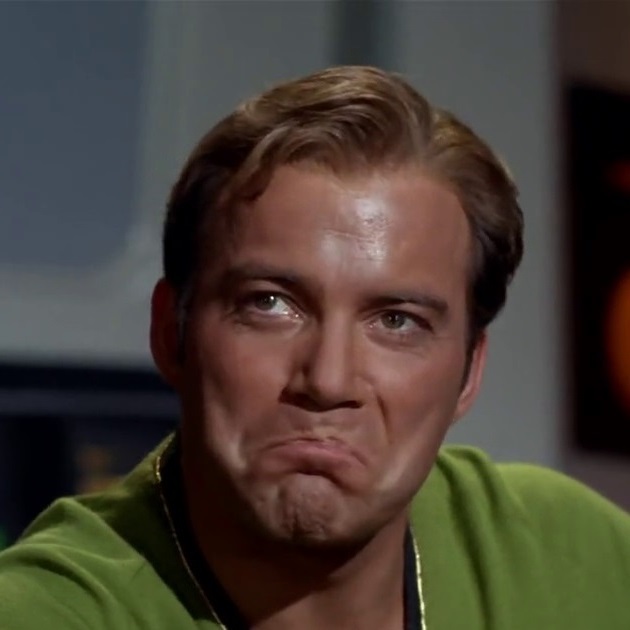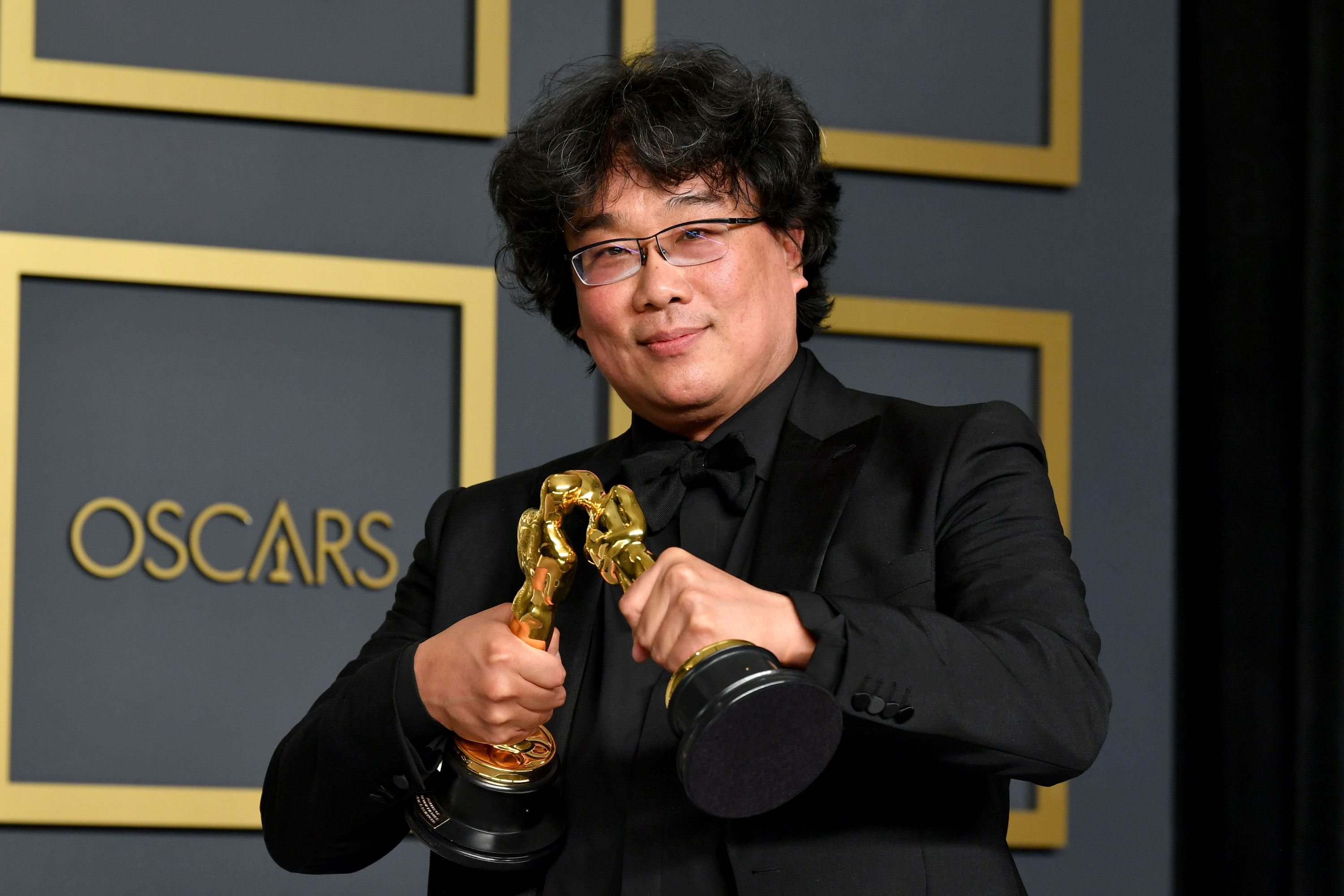archive.today • Why is everyone watching tv with the subtitles on? - The Atlantic
Specifically, it has everything to do with LKFS, which stands for "Loudness, K-weighted, relative to full scale" and which, for the sake of simplicity, is a unit for measuring loudness. Traditionally it's been anchored to the dialogue. For years, going back to the golden age of broadcast television and into the pay-cable era, audio engineers had to deliver sound levels within an industry-standard LKFS, or their work would get kicked back to them.
That all changed when streaming companies seized control of the industry, a period of time that rather neatly matches Game of Thrones' run on HBO. According to Blank, Game of Thrones sounded fantastic for years, and she's got the Emmys to prove it. Then, in 2018, just prior to the show's final season, AT&T bought HBO's parent company and overlaid its own uniform loudness spec, which was flatter and simpler to scale across a large library of content. But it was also, crucially, un-anchored to the dialogue.


deleted by creator
It's an HDR (high dynamic range) problem. Hexbear(s) wrote this - I don't remember who. I might have mashed up two or three comments together.